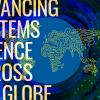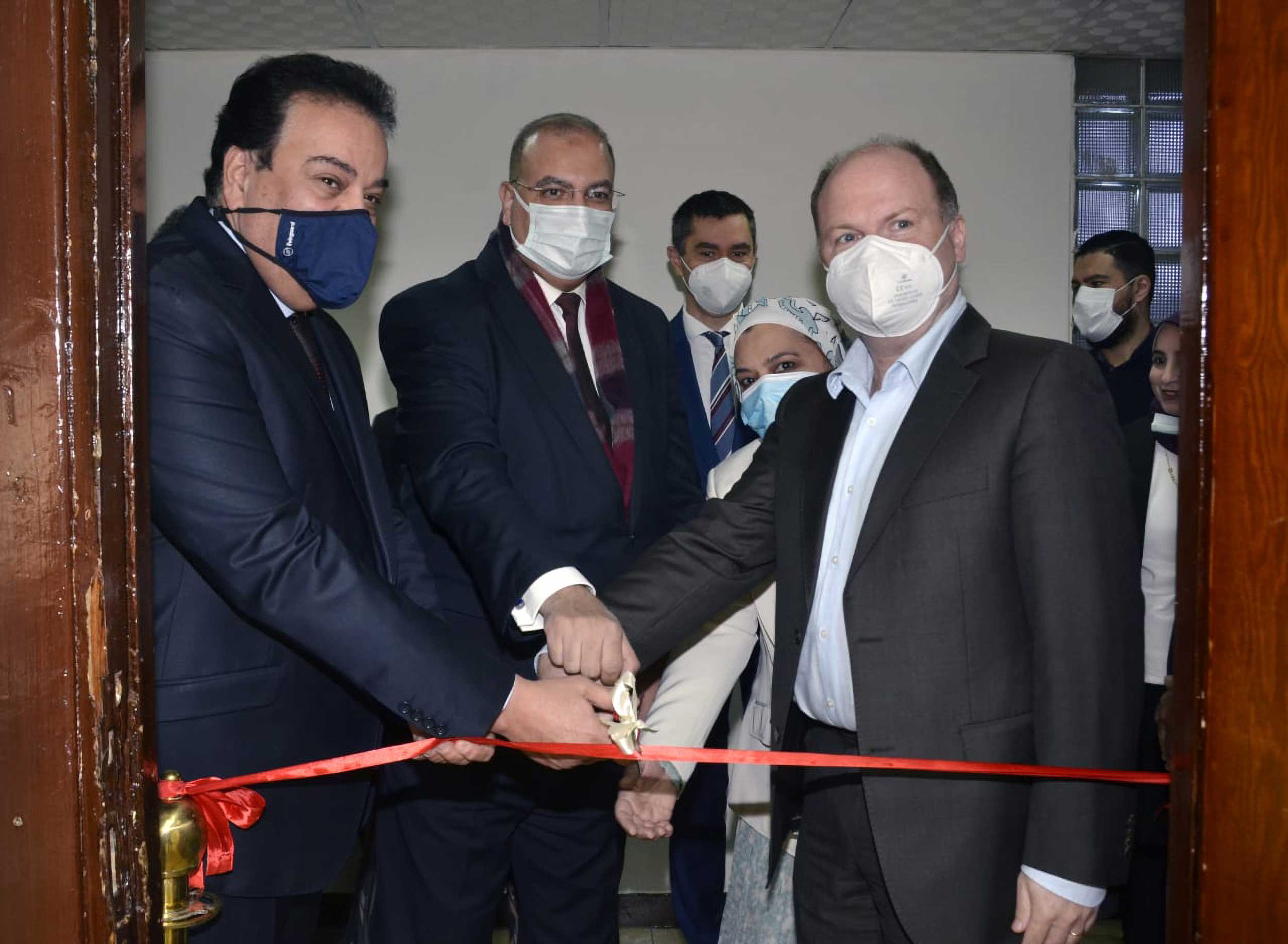
Options Magazine, Summer 2022: In the last decade, IIASA has helped to establish several systems analysis research centres worldwide, partnering with local researchers from East to West and North to South to advance the discipline.
50 years ago, IIASA was founded with the aim of supporting collaboration between the East and the West. Today, international collaboration is still at the heart of IIASA. Researchers from all over the world gather between the historic walls of Schloss Laxenburg in Austria and work together across borders on pressing global issues. However, to increase the footprint of what IIASA can achieve, in the last decades there have been greater efforts to develop systems analysis capacity locally, right where it is needed.
“A core part of our mission is to advance systems analysis around the world,” says Iain Stewart, former head of Communications and External Relations at IIASA. “For us, it is equally important to develop capacity here at IIASA and in our member countries.”
 © ADRI
© ADRI
Asian Demographic Research Institute (ADRI)
The first stop on the systems analysis journey around the world is the economic and cultural hub of the East, Shanghai. Responding to a need for comparative analysis of demographic and socioeconomic changes across Asia in the past decades, the Asian Demographic Research Institute (ADRI) was jointly established by IIASA and Shanghai University in 2015.
“Most institutes in Asia focus on purely country-oriented issues. There is no institute working on comparative analysis of important issues that the entire Asian continent has to deal with,” says ADRI Director Leiwen Jiang, who is also a former IIASA researcher. “As IIASA has a very strong position in the research areas we wanted to focus on, we decided to work together closely to take advantage of the methodology.”
Today the collaboration between IIASA and ADRI remains strong, with IIASA researcher Wolfgang Lutz chairing the advisory board and several other researchers joining ADRI as full-time professors.
Since its founding, the institute has achieved overwhelming success with a publication record that stands out among all other population institutes in Asia. The institute also hosts a postgraduate program to train the next generation of systems thinkers and organizes workshops, conferences, and other training opportunities for researchers across Asia and beyond.
South African Systems Analysis Centre (SASAC)
Our next stop is in South Africa, which is home to a vibrant systems analysis community. This is in part thanks to initiatives such as the Southern African Young Scientists Summer Program (SA-YSSP) that was launched a decade ago as a replica of the original Young Scientists Summer Program (YSSP) hosted at IIASA since 1977. Over the course of the SA-YSSP’s three-year run, experts from South Africa and IIASA mentored and trained more than 80 doctoral students from 30 countries during their summer projects.
Building on the success of the SA-YSSP while addressing its shortcomings, in 2015 the National Research Foundation (NRF) and the Department of Science & Technology in South Africa launched the Southern African Systems Analysis Centre (SASAC) in close collaboration with IIASA. SASAC offers three-year PhD scholarships as well as shorter training opportunities for researchers.
“There has been a tremendous change since the establishment of SASAC. The majority of the students we train don’t just end up within the university system, but go on to become excellent experts, looking at broader pictures of ways to address challenges associated with the Sustainable Development Goals,” explains Sepo Hachigonta, director in the Strategy, Planning, and Partnerships division at the NRF.
Like Hachigonta, who is himself a 2007 IIASA YSSP alumnus, a lot of students transition from academia to working for government and funding agencies where they can affect policy in tangible ways in South Africa and the surrounding region.
 © NAASAC
© NAASAC
North Africa Applied Systems Analysis Centre (NAASAC)
We now move northward to arrive at the newest addition to the systems analysis community, the North Africa Applied Systems Analysis Centre (NAASAC) in Egypt. Encouraged by the overwhelming success in South Africa, the Academy of Scientific Research and Technology in Egypt launched NAASAC in December 2021 in partnership with IIASA.
NAASAC’s focus is on training government policymakers through a diploma course to support evidence-based decision-making and introduce systems thinking into policy in Egypt and the surrounding region. IIASA is set to offer supervision and training modules for the course.
“I am very enthusiastic about the potential,” says IIASA Dean of Capacity Development and Training, Fabian Wagner, who serves on the NAASAC Advisory Board. “This is a great way for a member country to engage with us and make the most of our partnership. We can concretely help them to establish a syllabus, help them in teaching, and we can even bring people to IIASA for training.”
 © Adam Islaam | IIASA
© Adam Islaam | IIASA
MESSAGE Model
On the other side of the pond, the seeds of systems analysis have begun to take root and flourish through a more informal partnership in Brazil. The collaboration started when the IIASA Model for Energy Supply Strategy Alternatives and their General Environmental Impact (MESSAGE) was introduced to the Energy Planning program in COPPE, the Federal University of Rio de Janeiro, back in 2000.
“Initially, it started off very small, and it slowly built up over time. A Brazilian version of the model was developed, and now the model is self-sufficient with a group of 30 researchers working on it,” says Roberto Schaeffer of the Federal University of Rio de Janeiro. “Science is a long-term investment game; you can’t expect results from one year to another. You have to think about this on a 20 to 30-year time horizon to really benefit from it.”
Today, the benefits of this partnership are obvious. The Brazilian research group have greatly enhanced the Brazilian MESSAGE model, increasing its spatial resolution and the technologies it covers, in addition to developing the first full global integrated assessment model for climate mitigation outside of Europe, Japan, and the US. MESSAGE was also used by the Ministry of Mines and Energy and the Ministry of Science in Brazil, giving policy decisions a solid scientific base.
By Fanni Daniela Szakal
